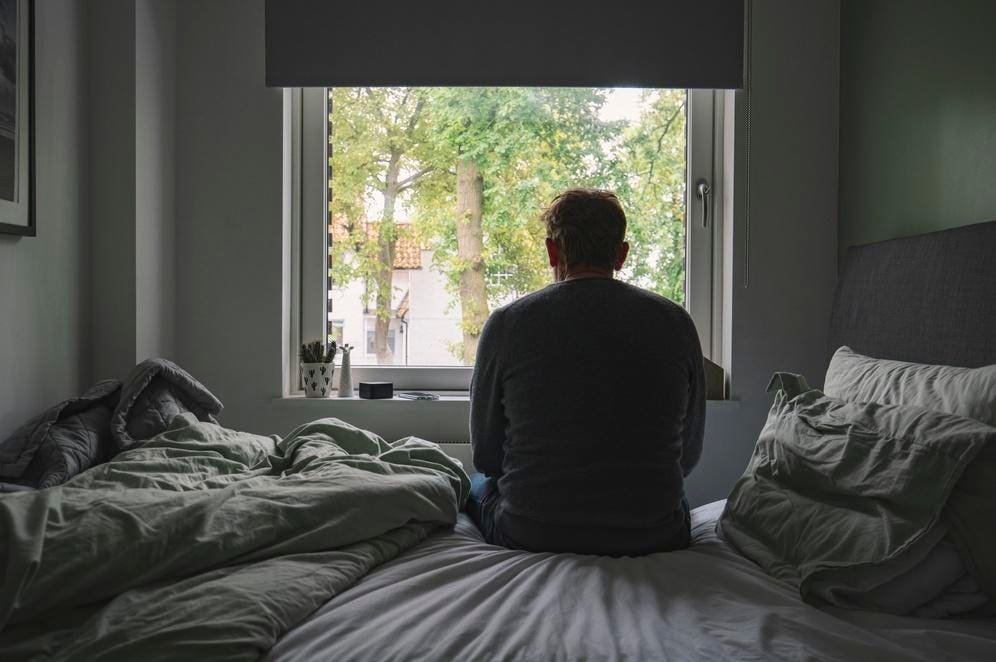Patients with overlapping medical and mental health needs often fall through gaps in a fragmented healthcare system.
getty
America’s healthcare system was never designed for patients whose medical and mental health needs collide. And nowhere is that clearer than in how access to care breaks down for the sickest patients. Yet these cases are rising, as is the number of people stuck between providers, insurance criteria and levels of care that don’t align. Chances are, you’ve been there. While the system can perform extremely well for straightforward illnesses, it begins to fall apart when a patient’s condition spans multiple specialties at once.
Here are five reasons why the sickest patients often get the least help. And what needs to change.
1. Complex Patients Don’t Fit Into a Single Specialty
Consider the case of “Eva,” a 37-year-old woman with anorexia — an illness that is both medical and psychiatric. Her primary care provider told her to go to the ER. The ER determined she wasn’t sick enough to be admitted. And when she sought admission to an eating-disorder program, she was turned away for being too medically unstable. See the problem?
Not sick enough for the hospital.
Too sick for treatment.
Nowhere to go.
Unfortunately, her case isn’t an exception. It’s what happens when a system (one with good intentions) is built for silos, not for overlap. No country excels more than the U.S. in depth of expertise, as evidenced by more than 160 medical specialties and subspecialties. But we struggle with conditions that require breadth. Back pain can be treated by orthopedics, physiatry or pain management. Asthma may belong to pulmonology, allergy or primary care. Depression can be treated by psychiatry or talk therapists.
Once a condition spans more than one discipline — like an eating disorder combined with cardiac risk or anxiety combined with chronic illness — no single provider “owns” the patient. And when nobody owns the case, the patient becomes untethered. And for the patient, it’s a scary feeling.
2. ERs Are Built for Crisis, Not Complexity
Emergency rooms live for the moment and were not built to manage slow, complicated decline. They assess risk in real time, checking vital signs, hydration status, labs, and EKGs, and they discharge patients who do not meet acute criteria. Yet, when crises arise, people end up there, or when they have nowhere else to go. However, nearly one in three older adults is discharged with unresolved cognitive or functional concerns, which is why families often leave with more questions than answers.
For a patient like Eva, that means the ER sees a momentary glimpse, not the ongoing arc of medical and psychiatric deterioration. ERs cannot admit every patient who needs coordinated care, and most aren’t equipped to manage underlying eating disorders, chronic psychiatric conditions, or prolonged medical frailty.
So, they end up sending patients back home. Not because they’re stable, but because the ER is the wrong tool for a problem with multiple dimensions.
3. Specialty Programs Screen Out the Sickest Patients
On the other side of the equation there are specialty programs. However, these often require medical stability before admission. Eating-disorder centers, psychiatric facilities and residential treatment programs typically aren’t licensed or staffed to manage acute medical issues.
The result is a catch-22 baked into the healthcare system:
- ERs won’t admit because the patient isn’t acutely crashing.
- Programs won’t admit because the patient is “too unstable.”
- Primary care can’t coordinate across multiple high-risk specialties.
The gap between these settings is enormous and concerning. Unfortunately, patients with hybrid medical-psychiatric needs fall straight into it.
In practice, the sicker the patient, the less likely a program is to accept them.
4. Insurance Rules Don’t Reflect How Illnesses Actually Behave
Then there’s the insurance part of the equation. Insurance criteria were built for clear diagnostic categories. A medical illness triggers one pathway, whereas a psychiatric illness triggers another. But illnesses don’t know those boundaries exist. And when insurers deny or delay care, the appeals process exposes how arbitrary the criteria can be — nearly 1 in 5 denied claims is overturned on appeal, according to Kaiser Family Foundation.
Authorizations often depend on a single risk axis: a diagnostic code or a lab threshold. Patients who span multiple categories, like someone with malnutrition, depression and cardiac instability, usually meet no single set of criteria cleanly. And what happens is this: they are too complex for outpatient treatment but not “eligible” for higher levels of care.
Insurance also provides little support for step-up or step-down care, even though medically complex psychiatric patients need exactly that. They require gradual stabilization — not a binary yes/no approval system.
The system assumes patients behave like billing codes. They don’t.
5. Providers Rarely Communicate Across Disciplines
Each specialty documents its own findings which is good, but documentation is not coordination, which is not so good in these cases. Medical teams, psychiatric programs, outpatient clinicians and primary care providers often work across different systems, with incompatible assumptions and workflows.
Patients receive conflicting guidance:
Go to the ER.
Go back to your PCP.
Try a program.
Call insurance.
Return to the ER.
No one has the whole picture. No one is coordinating the handoffs. And for medically complex patients, that communication gap is not a minor inconvenience — it’s a direct threat to safety.
Providers care deeply. But they operate within structures that make real-time collaboration nearly impossible.
This Is What Needs to Change
Fixing these failures doesn’t require rebuilding healthcare — it means accepting that many patients don’t fit the silos we’ve built. Care must begin with intake that evaluates medical and behavioral needs together rather than bouncing patients between departments that only see part of the problem. ERs, hospitals and specialty programs should share criteria, so someone deemed “too sick” for outpatient treatment is automatically eligible for medical stabilization — not left without options.
Just as critical is direct communication between providers. When medical, psychiatric, and outpatient clinicians coordinate in real time, patients stop ricocheting between mismatched recommendations. Insurers must also update benefits designed for linear diagnoses. Hybrid conditions require continuity — flexible pathways that allow patients to move up or down in care without starting over.
And the system must create actual capacity for medically complex psychiatric cases. These patients aren’t outliers; they represent a growing portion of modern healthcare. Without structured pathways, people like Eva will continue to fall between the cracks, waiting for a level of care that doesn’t yet exist.
Patients like Eva don’t fall through the cracks because their conditions are untreatable. They fall because access to care was never built for people whose needs span multiple specialties at once. Until the system evolves, the sickest patients will remain the most likely to get the least help.


